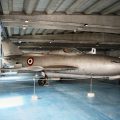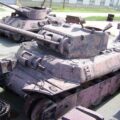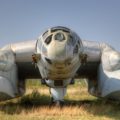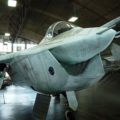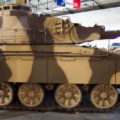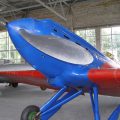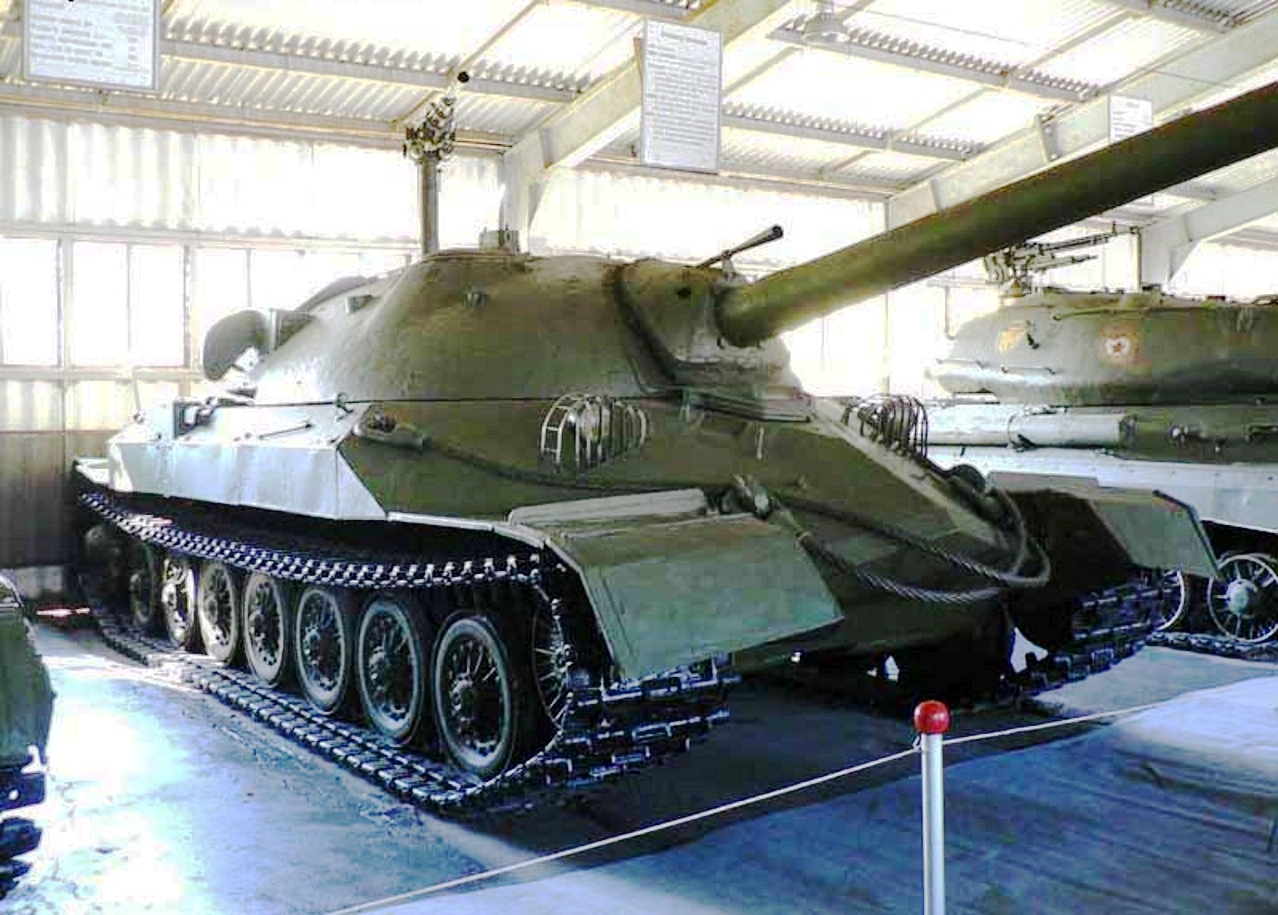
JS-7 tank | |
|---|---|
| 국가 | 소련 |
| 역할 | 중전차 |
| 생산 | 1945 |
| 내장 | 6개의 프로토타입 |
Tthe IS-7 중전차프로젝트 이름으로도 알려져 있습니다. 개체 260, 1945 년에 개발을 시작한 소련 탱크입니다. 차량은 프로토 타입 형태로만 존재했으며 T-10 탱크에 찬성하여 취소되었습니다.
소스: 위키 백과에 JS-7 탱크
| JS-7 Walk Around | |
|---|---|
| 사진 작가 | Unknow |
| 로컬라이제이션 | Unknow |
| 사진 | 14 |
관련 키트:
이베이에서 키트 찾기:
참고 항목:
The JS-7 tank was a Soviet heavy tank that was developed in 1945 as a successor to the IS series. It was also known as Object 260 or Iosif Stalin tank. It was one of the most advanced and powerful tanks of its time, with a 130 mm gun, thick armor and a high speed. However, it never entered mass production due to its excessive weight and size.
The JS-7 tank was designed by Nikolai Fedorovich Shashmurin in Leningrad. He wanted to create a breakthrough tank that could withstand any enemy fire and deliver a devastating punch. The tank had a semi-hemispherical cast turret that resembled an upturned soup bowl, which became a characteristic feature of later Soviet tanks. The turret housed a 130 mm S-70 gun that could fire armor-piercing or high-explosive shells with great accuracy and penetration. The gun had an autoloader that reduced the crew to four members.
The JS-7 tank also had impressive mobility for its weight. It was powered by a 1050-horsepower diesel engine that gave it a top speed of 60 km/h. It had torsion bar suspension and wide tracks that improved its cross-country performance. The tank weighed 68 tonnes, which made it the heaviest member of the IS family and one of the heaviest tanks ever built.
The JS-7 tank had formidable armor protection that could resist most enemy weapons. The front hull had a pike nose design with 150 mm of sloped armor at 65 degrees, which increased its effective thickness against frontal attacks. The lower hull had 100-120 mm of armor at 30 degrees. The sides had 150 mm of upper armor and 100 mm of lower armor, with inflatable fuel bags behind them for extra protection. The turret had 350 mm of armor on the mantlet and 240-250 mm on the sides and rear.
The JS-7 tank was tested in late 1945 and early 1946, but it faced several problems due to its massive size and weight. It was difficult to transport by rail or road, and it could not cross many bridges or tunnels. It also consumed a lot of fuel and required frequent maintenance. Moreover, it was deemed too expensive and complex to produce in large numbers, especially after the end of World War II when the Soviet Union faced economic difficulties.
Therefore, the JS-7 tank project was cancelled in favor of the T-10 tank , which was lighter and simpler than the JS-7 but still retained some of its features such as the hemispherical turret and pike nose hull. Only six prototypes of the JS-7 were built, one of which is preserved at the Kubinka Tank Museum near Moscow.
조회수 : 677



